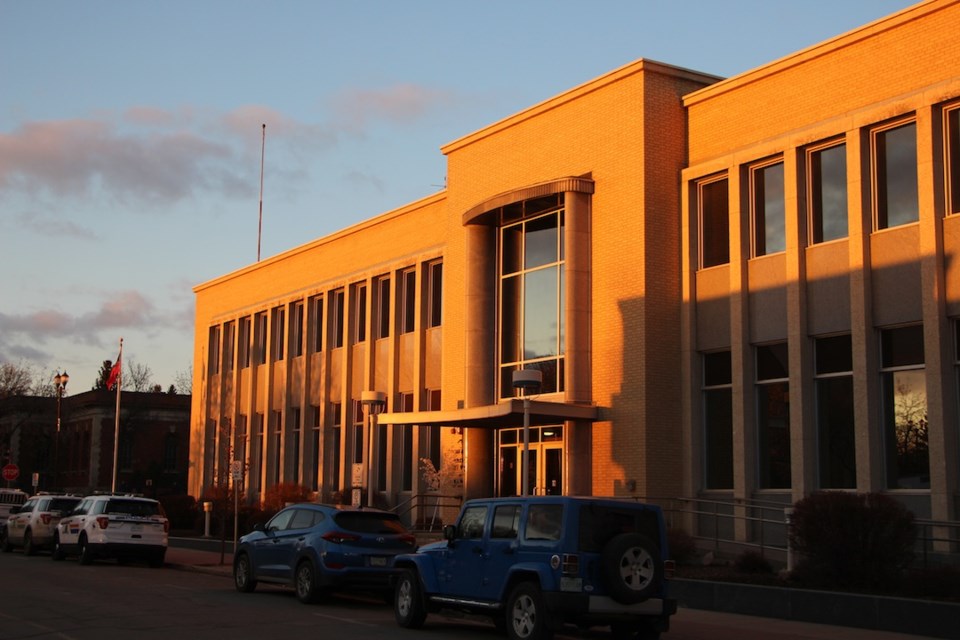Last week Government Relations Minister Lori Carr announced specific funding allocations under the new Municipal Economic Enhancement Program 2020 (MEEP).
It’s a rather significant allocation as MEEP 2020 will provide $150 million, or approximately $143 per capita, to local municipalities to support investments in infrastructure.
For Yorkton that means $2,348,953 headed to the city.
“This is like found money. I had no heads up this was coming,” Yorkton Mayor Bob Maloney told Yorkton This Week in an interview last week.
Maloney said the money is of course welcomed, and is something cities such as Yorkton and Saskatoon were calling for because they have chosen to forge ahead with capital projects even as some raised concerns given the current pandemic. He said locally continuing projects was seen as a good thing because infrastructure needs upgrading, and it stimulates the economy too.
“You get out of any recession by building, because everybody is working,” he said.
The $2.3 million is significant locally, as Yorkton’s 2020 capital budget is $4.3 million. The dollars will allow the City to look into doing more, said Maloney.
“It opens the door to do some more work,” he said. “It can help do all those things you never get to.”
Now to be fair it should be reminded Yorkton lost a million dollars a year when this same provincial government tore up a decades old agreement revolving around grants-in-lieu of property taxes that had been paid to municipalities by SaskPower and SaskEnergy.
The deal with the province that was ended in 2017, dated back to SaskPower’s inception in the 1940s, an agreement had been in place for the Crown Corporation to pay communities grants-in-lieu of taxes after it bought out municipal utilities.
So last week’s announcement while positive in terms of the current pandem ic situation surrounding COVID-19, it doesn’t actually manage to offset the million a year lost the last four years.
But, a municipality should never turn down money from the province, so Yorkton can cash the check and plan some additional work.
The money will ultimately barely make a dint in the infrastructure deficit created by decades old waterlines, pavement and sidewalks, but it is at least a baby step in that direction.
And more importantly in the current environment of the pandemic, the money can create jobs, get people working and in turn they’ll spend their wages to stimulate the local economy, which is a definite positive.




